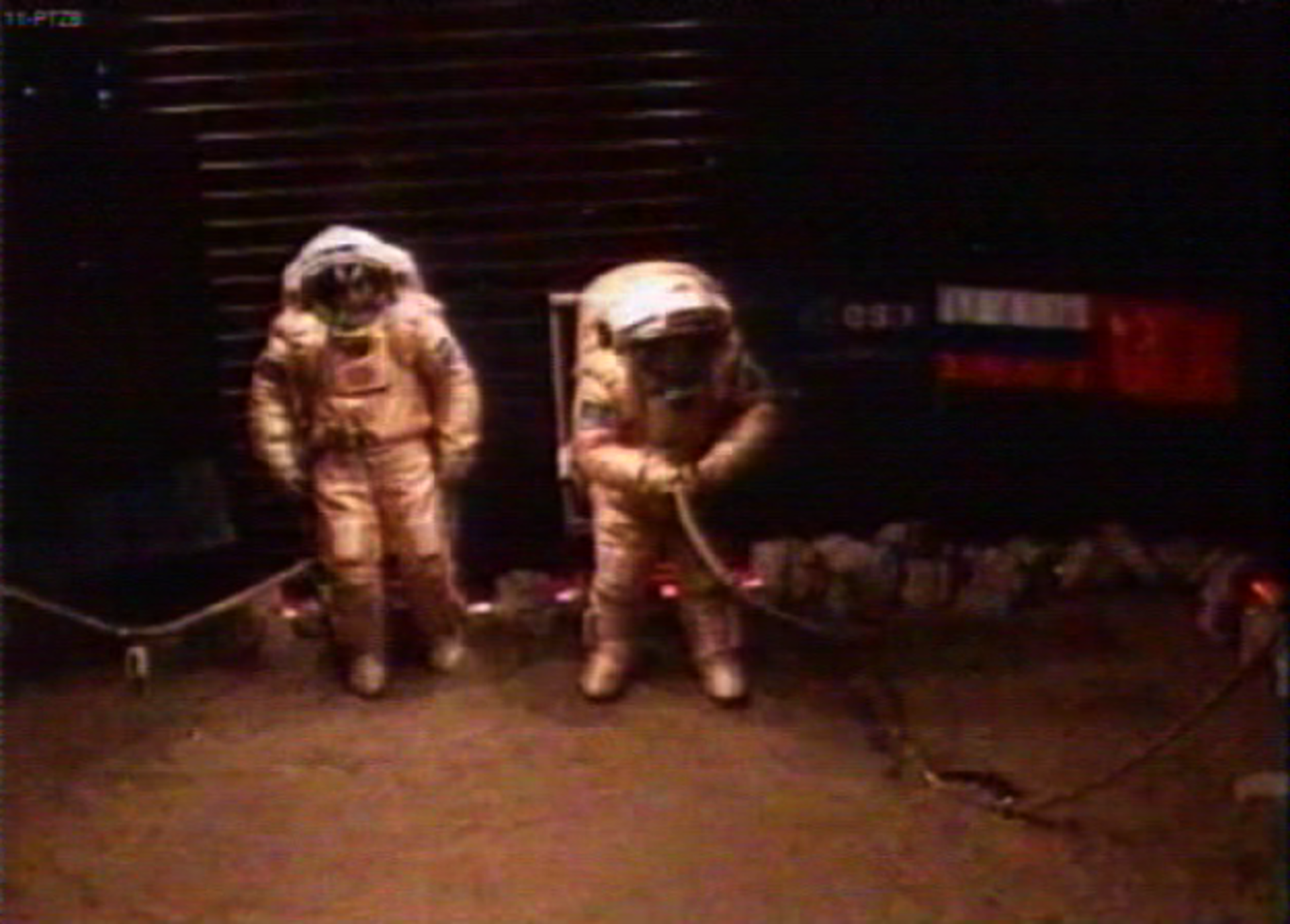“We are now one step closer to the Red Planet”
Mars500, the ground-based experiment simulating a manned flight to Mars, has reached a peak since three crewmembers ‘landed’ on the Red Planet and two of them performed yesterday their first Extra-Vehicular Activity (EVA) on simulated Martian soil.
The 'mission' started on 3 June 2010, when the hatch of the facilities in Moscow was closed. ESA has selected two of the six crewmembers taking part in this experiment: Diego Urbina (Italian/Colombian) and Romain Charles (French). The other members are Sukhrob Kamolov, Alexey Sitev and Alexandr Smoleevskiy from Russia; and Wang Yue from China.
“Mars500 is the beginning of a great journey not only into the knowledge of ourselves and our origins, but also into our future. Diego and Romain, together with their Russian and Chinese colleagues, are helping us to identify all scientific and technological challenges of a mission towards Mars and therefore paving the human exploration of the Solar System. Thanks to their dedication, we are today one step closer to the Red Planet”, said Simonetta Di Pippo, ESA Director of Human Spaceflight.
Our fascination for Mars might be due to its colour, its links to ancient mythology or for being so close and similar to the Earth. Regardless the reason, the Red Planet has always been part of all the space exploration programmes. So far, the desired celestial body has only been visited by several robotic spacecrafts with the purpose of gathering data about Mars history, surface and conditions. The Mars500 study focuses on determining key psychological and physiological effects of being in such an enclosed environment recreating the exact timeline that a real mission to Mars would require.
“Before being able to reach out to the Red Planet, we have to solve many technological, logistical, and even psychological issues. The invaluable input of our ‘Marsonauts’ will help us to draw the real mission to Mars; a planet that was once maybe habitable, and perhaps it will be again in the future. Humanity has to aim for it with continuous and lasting missions”, Di Pippo said.







